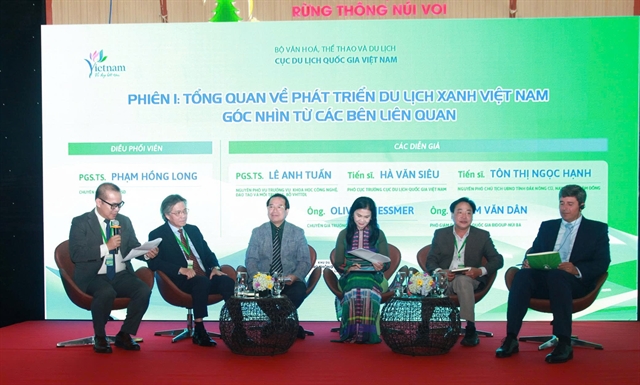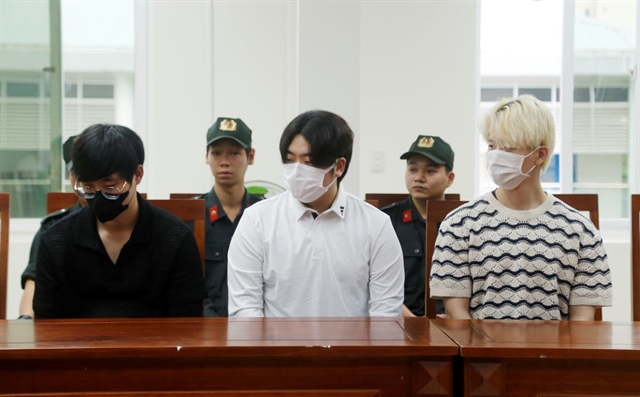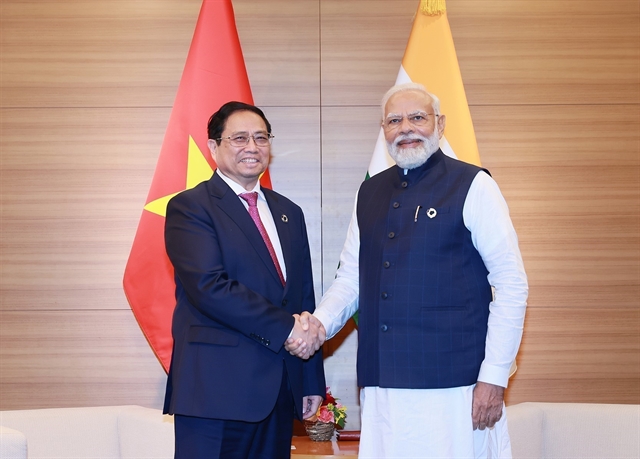 Politics & Law
Politics & Law
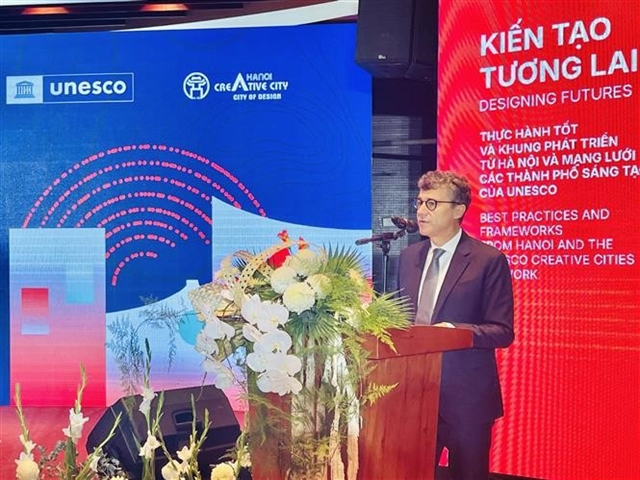
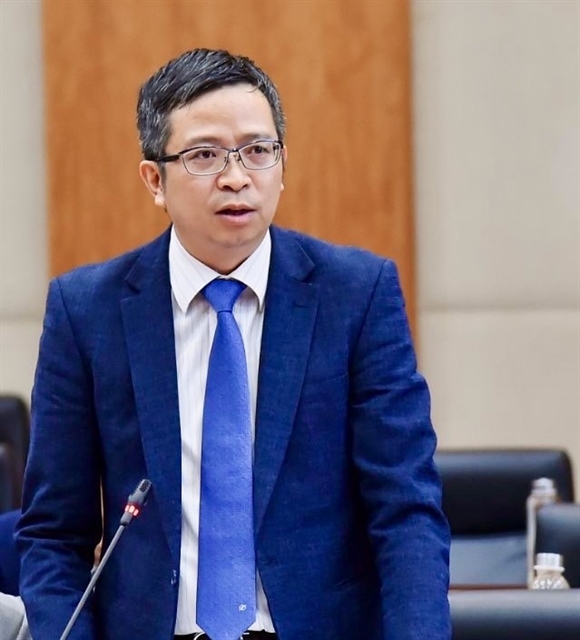 |
| Deputy Foreign Minister Phạm Thanh Bình. Photo baochinhphu.vn |
At the invitation of the Prime Minister of the Republic of India, Narendra Modi, the Prime Minister of the Socialist Republic of Việt Nam, Phạm Minh Chính, is paying a state visit to India from 30 July to 1 August. Deputy Foreign Minister Phạm Thanh Bình talks to the press ahead of the visit.
Could you elaborate on the significance of Prime Minister Phạm Minh Chính's state visit to India?
Việt Nam and India share a traditional and robust friendship, nurtured by President Hồ Chí Minh and Indian leaders including Mahatma Gandhi and Jawaharlal Nehru, as well as successive generations of leaders and people from both countries.
In 2016, the two countries established the Comprehensive Strategic Partnership framework. This visit marks the first by a Vietnamese Prime Minister since the establishment of this new framework. Prime Minister Phạm Minh Chính is one of the first foreign leaders invited to visit India after its Lok Sabha elections and the formation of the new government. The visit coincides with the 70th anniversary of the Geneva Agreement, where India played a crucial role in supporting the negotiations and signing of this agreement.
Given this context, the Prime Minister's visit holds immense significance, reaffirming Việt Nam's consistent policy of valuing traditional friendship and the Comprehensive Strategic Partnership with India. It also aims to strengthen the relationship between the leaders of both countries, especially between the two Prime Ministers.
The visit has been meticulously prepared by both sides, featuring a rich and substantive programme focused on deepening the Comprehensive Strategic Partnership across various fields. This aims to address current geopolitical and economic changes, consolidating traditional areas of cooperation while expanding into new potential sectors such as electronics, telecommunications, biotechnology, pharmaceuticals, renewable energy, the green and digital economies, AI, semiconductors, new materials and essential minerals.
The visit also provides an opportunity for the two countries to enhance their collaboration on regional and international security and strategic issues, affirming mutual support in multilateral forums of shared interest.
How do you assess the relations between the two countries in recent times, particularly in terms of trade and investment cooperation?
The Việt Nam-India Comprehensive Strategic Partnership has been developing positively, with a solid foundation and high political trust. Relations between the Party, State, National Assembly and people of both countries have been expanding, with regular visits and interactions at all levels. Various cooperation mechanisms, such as dialogue platforms and specialised cooperation subcommittees, have been maintained and effectively utilised.
Defence and security cooperation is a crucial pillar at a strategic level, with the two countries signing a Joint Vision Statement on defence partnership and a Memorandum of Understanding on logistics cooperation in June 2022. This includes cooperation in training, defence industry, naval visits and providing credit and non-refundable aid packages.
Economically, bilateral trade has increased 2.5 times since the establishment of the Comprehensive Strategic Partnership, reaching nearly US$15 billion in 2023. Both countries have significant potential in trade and investment cooperation, with India being one of the most populous and dynamically developing economies.
Major Indian corporations are promoting cooperation with Việt Nam in strategic areas such as renewable energy, manufacturing, oil and gas, pharmaceuticals, port infrastructure and logistics. On the Vietnamese side, Vinfast has started building a car assembly and manufacturing plant in Tamil Nadu, with committed capital of $2 billion.
Cooperation in science and technology, information and communication, education and training, culture and tourism has been developing positively. Currently, there are over 50 direct flights between the two countries each week. India is among the top three countries with the fastest-growing number of tourists to Việt Nam, with Indian tourist numbers increasing 2.5 times over the past four years (from 170,000 in 2019 to 400,000 in 2023).
Over the past decade, India has granted nearly 3,000 short and long-term scholarships to Việt Nam under various programmes. Additionally, the Indian government has supported the restoration and conservation project of the Mỹ Sơn World Heritage Site in Quảng Nam Province.
The two countries are also promoting and enhancing cooperation in new potential areas such as renewable energy, semiconductors, innovation, green economy, digital transformation, information technology, smart agriculture and pharmaceuticals.
Both countries closely coordinate and support each other at multilateral forums, especially within the United Nations framework and at regional forums led by ASEAN.
In summary, Việt Nam-India relations have developed comprehensively and expanded across most fields, with significant potential and opportunities for further promotion in the future. VNS

